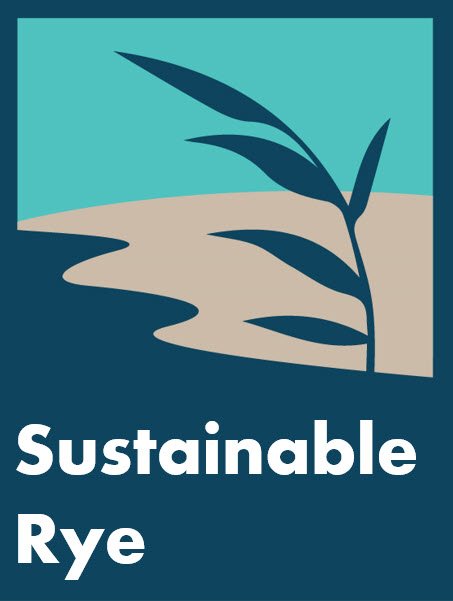Why do we need healthy yards?
Our yards are an important part of our homes where we spend time with children, friends and pets. They can be beautiful showcases, but how we achieve that beauty can have a profound effect on our family and our natural surroundings. By choosing to use non-chemical inputs in your yard, you will also support pollinators, birds, native wildlife, and our waterways while avoiding possible negative effects on your pets, your children, and yourself. In short, creating a healthy yard is not just good for us; it’s good for all living things in our area.
I want to make the switch. How do I begin?
Whether you manage your own lawn or have a professional care for it, the basics are the same.
Mow High
Set the mower blades at 3-4” high and mulch the clippings fine. Leave the grass clippings on the grass to naturally add nitrogen to the soil. Longer grass will help shade out emerging weeds, cools the soil, and retains moisture.
Water Less
If you use a sprinkler system, don’t start watering too early in the season so the grass roots learn to reach deeper. Ask your lawn care professional for help in determining number of days, times of day, and how many minutes you should water. Also, more zones are better than fewer. It’s a good idea to make sure someone pays attention to moisture levels on a weekly basis. Water well but infrequently (usually two times per week). Furthermore, you can’t just set the system once in June and let it go; amounts should be calibrated to seasonal variation and there is usually no need to keep the sprinklers on for the entire growing season.
Test Your Soil
You can’t decide whether to add any supplemental treatments without understanding your soil’s present condition, including how much organic matter, pH levels, etc. Aeration, especially in the beginning of transition, reduces compaction and encourages better drainage and deeper root growth. Plus, since many common weeds prefer compacted soil, this is a way to manage unwanted plants without using herbicides.
Overseed Existing Lawn
Add more grass seed in the cool weather to keep your lawn thick and unwanted weeds out. Clover, violets, and other wildflowers should be tolerated in moderation. Also, dandelions have deep tap roots that help punch through compacted soil and bring minerals to the upper layers. In the spring, these “weeds” provide much-needed food for wild bees so consider leaving them alone until they go to seed, then remove with a manual tool such as a “grandpa’s weeder”.
Leaves Make Great Mulch
Don’t bag up all those leaves—they make great (free!) fertilizer. Feed your lawn by mulch mowing in the early and late part of autumn. You can also distribute the excess on shrub borders. In the middle of the season when the leaves are especially heavy, consider creating a dedicated leaf compost pile.
Does going organic or natural cost more?
It doesn’t have to cost more to have a healthy yard, and in the long-run, it can be less expensive since you are not routinely buying synthetic pesticides and fertilizers. Even if you use a landscaping professional, your yearly expenses should not necessarily increase if your gardener is trained in organic/natural practices . That said, you need to find someone who has the knowledge to properly transition your yard to a natural system.
No matter how long you’ve used conventional methods, by choosing to stop using chemicals, you are immediately improving soil health, protecting pollinators, and supporting the microorganisms that help your garden look its best. While it may take several seasons before you fully wean your lawn and other plants from conventional treatments, there are ways to manage the process. If you use a landscaping service, a landscaper with specific experience in going organic can help guide you.
My property has always been treated with synthetic chemicals. How long will it take to convert to natural?

